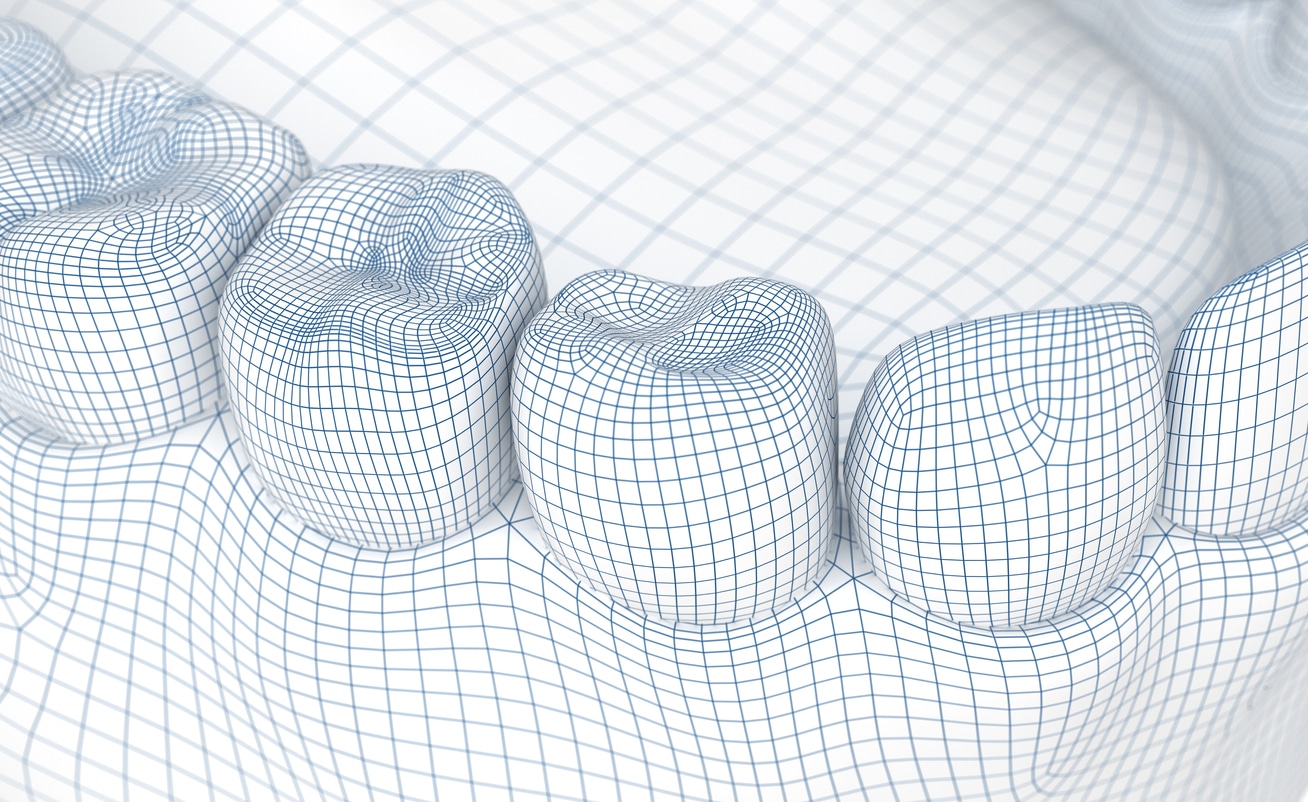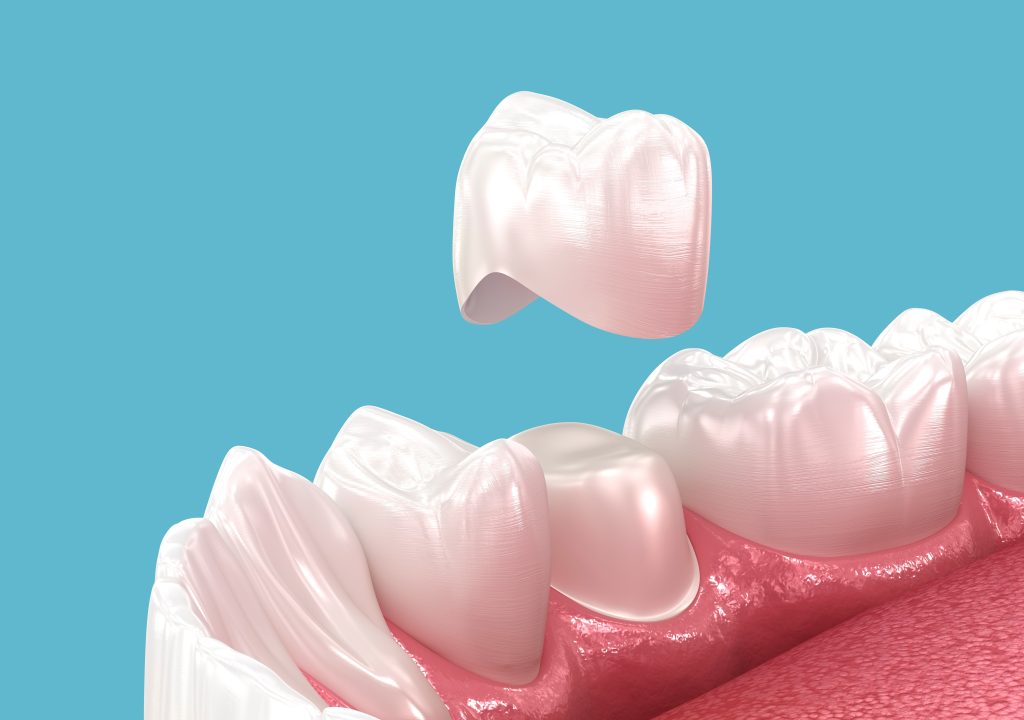Science has dramatically changed dentistry for the better over the decades. Just 80 years ago, dentistry was far more about treating existing problems than it was about preventing problems from ever developing. Now, your family dentist in Vancouver specializes in providing patients with the type of dental care their teeth and gums require to stay looking and feeling their best for a lifetime.
From visiting your family dentist in Vancouver today to what the future of dental care may provide, science plays a vital and invaluable role in determining how dentistry continues to evolve. In recent years, science has already offered a potential glimpse of what the dental care of tomorrow may involve. Preliminary research has attempted to develop methods that enable the body to regrow teeth. Other research has examined how the body may be able to naturally heal the damage done by gum disease.
While dentistry may one day enable patients to regrow teeth, naturally heal cavities, and promote stronger, more resilient gum tissue, the industry is already poised to make some significant changes sooner rather than later. Let’s take a look at a few ways science and technology may help to change the way your teeth are treated at Salmon Creek Family Dental.
Tele Dentistry
The COVID-19 pandemic has already changed the way many patients receive their health care. Doctor visits now just as often involve opening a laptop or tablet as they do driving to a physical location. Virtual visits with health care professionals may have been a direct result of the pandemic, but they won’t be going anywhere even after life returns somewhat back to normal.
Dental care obviously requires a more hands on approach than other types of medicine, but some areas of dentistry can still be conducted remotely. Appointments between patients, especially those living in rural communities, and specialists can cover the same information as an in-person appointment.
Tooth extractions, dental implants, and dentures are all procedures that typically require a consultation visit prior to any actual treatment. When a specialist has a patient’s records on hand, they can walk a patient through a procedure and answer any questions remotely without needing the patient to visit their office until the scheduled treatment takes place.
Patients and their dentists can also conduct follow-up appointments remotely, along with providing some types of screenings.
3D Printing
In a world where 3D printing has already made a definite difference to many industries, the dental industry has quickly started to embrace this remarkable technology.
For dentistry, 3D printing has enable dentists to create and print out structures, medical devices, and dental implants that perfectly fit their patients’ teeth and jaws. Most commonly, patients will experience the use of 3D printing technology when it comes to the placement of a dental crown.
CEREC and other types of highly advanced brands enable a dentist to scan a patient’s mouth, which then enables a computer to create a digital copy. Using that copy, the computer can create and fabricate a crown that will perfectly fit a patient’s tooth. All of this can now be done in office while the patient waits. No more having to send x-rays and dental molds to a laboratory where a crown would then be created to fit over a patient’s tooth. Instead of a process that could once take weeks, a dentist has the ability to create a crown in a matter of minutes.
Dental Imaging Aid Your Family Dentist in Vacouver
For your family dentist in Vancouver to provide patients with the best dental care possible, dental images and x-rays play an invaluable role. Making an informed decision about the health of a patient’s teeth requires collecting as much information as possible. Digital x-rays provide a clearer, more exact image a dentist can use to assess the signs of tooth decay, presence of gum disease, and how to provide treatment.
Advances in dental imaging can now provide a real-time stream that enable dentists to provide treatment quicker and less invasively than ever before. Procedures, such as the placement of a dental implant or oral surgery, now have a far higher success rate thanks to these type of digital tools.







